1. Assign parts before distributing music
-
- This may seem like a hassle upfront, but simply passing out the music to a section leader and hoping they do a good job of distributing it is a little like asking for a reenactment of the Lord of the Flies in your band hall.
- Assigning ahead of time ensures that students are playing a variety of instruments.
2. Assign what mallets and sticks are appropriate for each part assignment, including the band warm-up
-
- Your students should see mallet selection as somewhat fluid, so if you want to change what they are using, they won’t be resistant to trying alternatives.
3. Create a generic percussion set-up for your band hall
-
- An example would be (from conductor’s left to right) keyboard percussion, accessory percussion, and suspended cymbals, concert toms/snare drums, crash cymbals, and bass drum (together when playing marches), drumset (if applicable) and timpani.
4. Consider how you speak to your percussionists
-
- Use musical terms, especially actual dynamic terms.
- Are your percussionists participating in the natural “question and answer” of the rehearsal, or are they being ignored?
- If you want musical, intuitive musicians and not just “drummers,” first, you must start by treating them that way.
- “Thank you for being set up on time.”
- “Thank you for working quietly while I worked on the flute tuning.”
- Speak loudly enough so that your voice projects all the way to the percussion section. This keeps everyone in your ensemble more engaged.
5. Teach your percussionists how to count rests
-
- This is especially true for multi-rests.
- Often students lose count on rests if they also have to switch mallets or instruments. Encourage them to count out loud, under their breath to ensure they do not get lost.
- What is your system/procedure for counting rests? Use your fingers? Verbal counts? Touch the music?
- Teach your students to mark significant entrances or events in their multi-rests (e.g., 5 – flutes, 10 – timpani roll).
6. Teach your students how to move the equipment, set it up, and show them where everything belongs
-
- Does it need to be covered?
- Should it be put away every day?
- Where is it safe to grip the instrument?
- Can anything be placed on top of the instrument? (Spoiler Alert: NO!)
- Show your students how to work cymbal and snare drum stands, among other items.
7. Percussion Ensemble is generally better than full band rehearsal for your percussionists
-
- This is a great way to address specific issues and to capitalize on “teachable moments.”
- Students usually play more notes in an ensemble and, therefore, will be more engaged in the process.
- Chamber ensembles of all varieties teach students to be more individually accountable for their part. This will teach them to be more independent and to follow less.
- Percussion Ensemble skills, both musical and logistical, will directly benefit your band.
8. Organize everything
-
- If your percussion equipment/area/room/section is organized, your students will see what they are doing as being important.
- Conversely, if you are not organized, don’t expect your students to be either.
- Label everything you can.
- Have a place for everything.
- Buy cases and cymbal bags.
- How do your percussionists keep up with their music? What are the expectations?
9. Percussionists are “non-stationary”
-
- Remember that your students will probably change instruments several times in a rehearsal.
- Offer grace when your students have difficulty with the logistics of changing instruments and pieces of music.
- Your percussionists will have to move around some. Please be patient with them, but also help them be more efficient as they do.
10. Percussionists need a little extra time to put things away properly
-
- If you want everything to stay organized, make sure your students have time dedicated to putting everything away, covering the instruments, and moving or storing equipment.
Special Thanks to these contributors for helping to make this wonderful list!
- Ralph Hicks
- Robbie Green
- Emily Tannert Patterson
- John Carroll
- Jon Seale
- Kyle Lutes
- Jerriald Dillard
- Moses Simon
- Hector Gil
- Ben Runkel
- Andy Salmon
- Brandon Estes
Eric Rath is an active educator, clinician, adjudicator, arranger, and composer. Mr. Rath has served as a band and orchestra director as well as a percussion specialist at the Middle and High School levels. Previously, Mr. Rath also served as the adjunct Percussion Instructor at Amarillo College. Mr. Rath worked for band published by Alfred Music, FJH Music, TRN Music, and BRS Music. Several of those titles are included on state recommended lists including Texas, Louisiana, and Alabama. His percussion ensembles are also widely performed and have been adopted as recommended repertoire in a vast number of states. ericrathmusic.
Ralph Hicks was a co-presenter at the original clinic that shared this information at Midwest 2019. Rath & Hicks collaborate frequently on educational percussion projects.
Related Reading:
The Percussionist’s Etiquette
Five Minute Drill – Fun Classroom Routines for Percussion
Crash Cymbals 101
If you would like to receive our weekly newsletter, sign up here.
Don’t forget to like us on Facebook too!
Learn. Share. Inspire.
BandDirectorsTalkShop.com
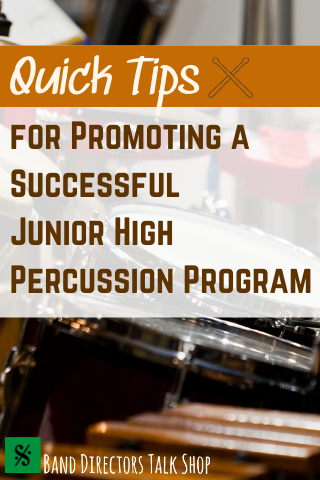

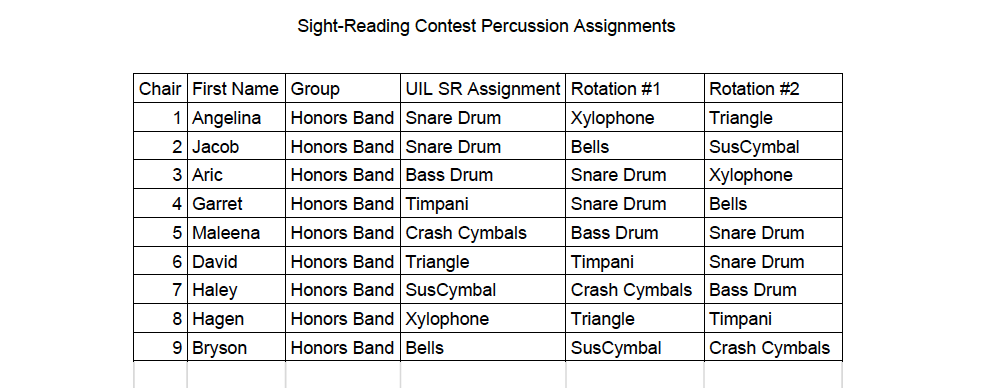


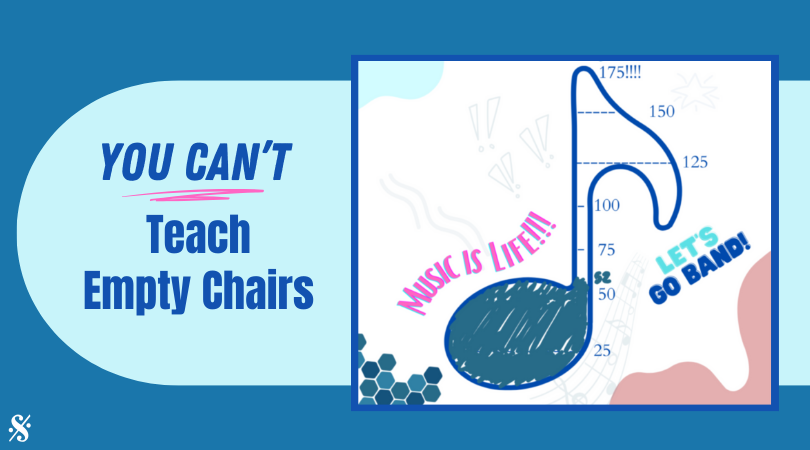
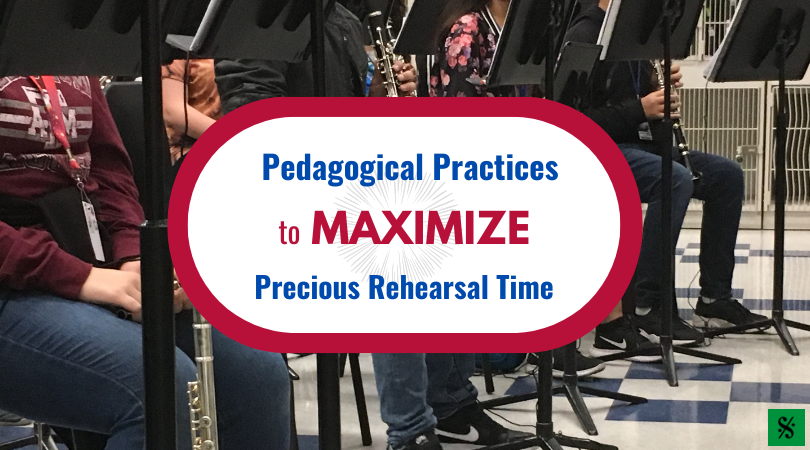

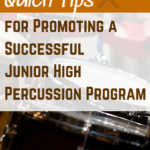
Leave a Reply
You must be logged in to post a comment.